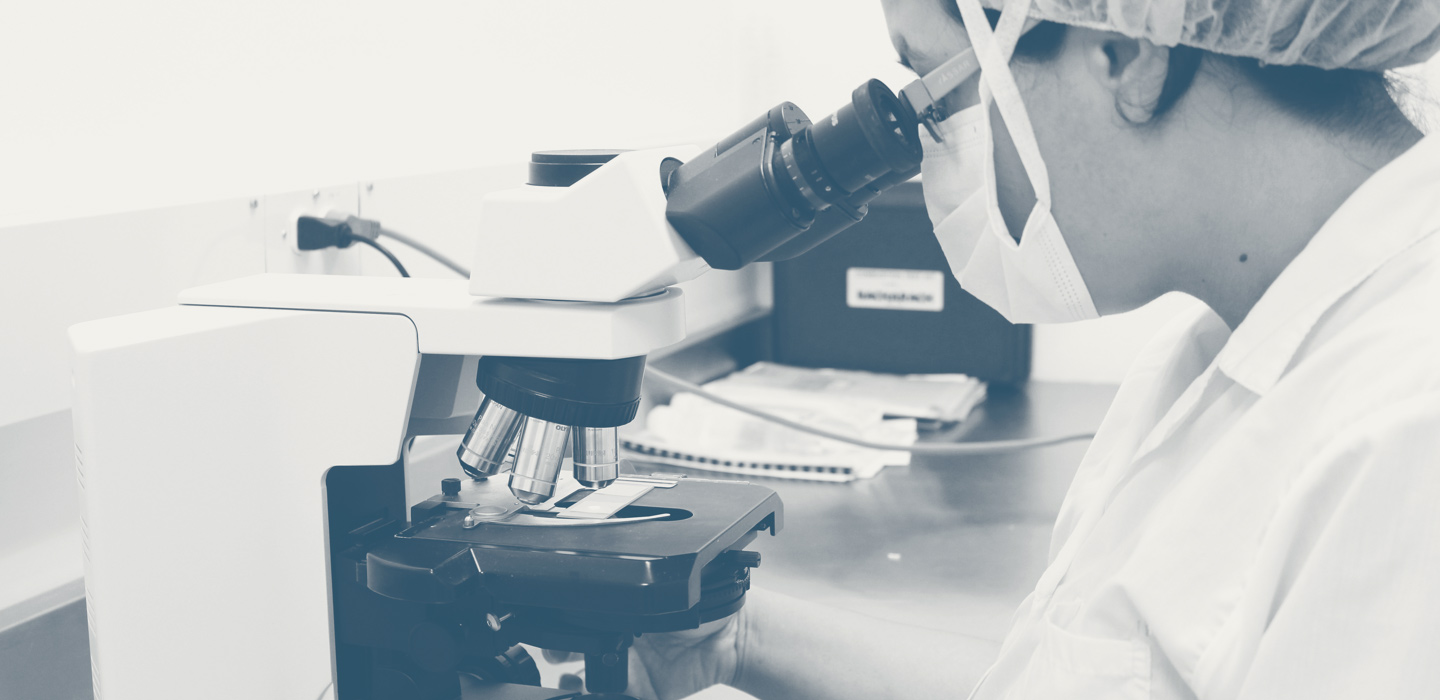
2022
Patrícia R. Pereira, Ph.D.
Assistant Professor, Department of Radiology, Washington University in St. Louis
Temporal control over endocytosis to convert cancer immunotherapy non-responders to responders
can we keep particular proteins on the membrane surface of cells, making them more available as targets for antibody therapies?
Cancer cells have the ability to become invisible to antibody therapies; one way they may do this is by internalizing and recycling the proteins targeted by these therapies on the surface of the cell membrane. Dr. Pereira has recently shown that target proteins are not always present on the surface of a cell even though they exist in high quantities within the cell; this could explain why some antibody therapies are not effective. Cancer scientists need to understand the biological mechanisms of protein trafficking across the cell membrane to allow them to develop novel approaches that control these processes in cancers. Dr. Pereira has developed a research program that uses cutting-edge whole-body molecular imaging to reveal new information about how membrane dynamics, genomics, and proteomic alterations might move these receptors inside the cell and away from the membrane where therapies can bind with them. She hopes to investigate how the endocytic regulation of membrane receptors, or how the cell internalizes outside material, functions in tumors and whether, by changing the timing of that endocytosis process, she can make checkpoint blocking immunotherapy significantly more effective.
Her work will focus on the immune checkpoint PD-L1, a popular therapeutic target, because it has a critical role in the ability of cancer cells to escape immune surveillance. She hopes to identify new endocytic targets that regulate PD-L1 surface proteins and then disrupt the process that transfers and hides PD-L1 inside the cancer cell. By slowing this process, more PD-L1 would remain on the cell membrane surface, and that might allow Dr. Pereira to convert a tumor that is not responding to antibody therapy into one that is responsive and reduce tumor growth. Her success would not only open up new avenues for the use of PD-L1 antibody therapies but also has far-reaching potential to be extended to a spectrum of cancer membrane targets for which antibody therapies exist but do not work well.